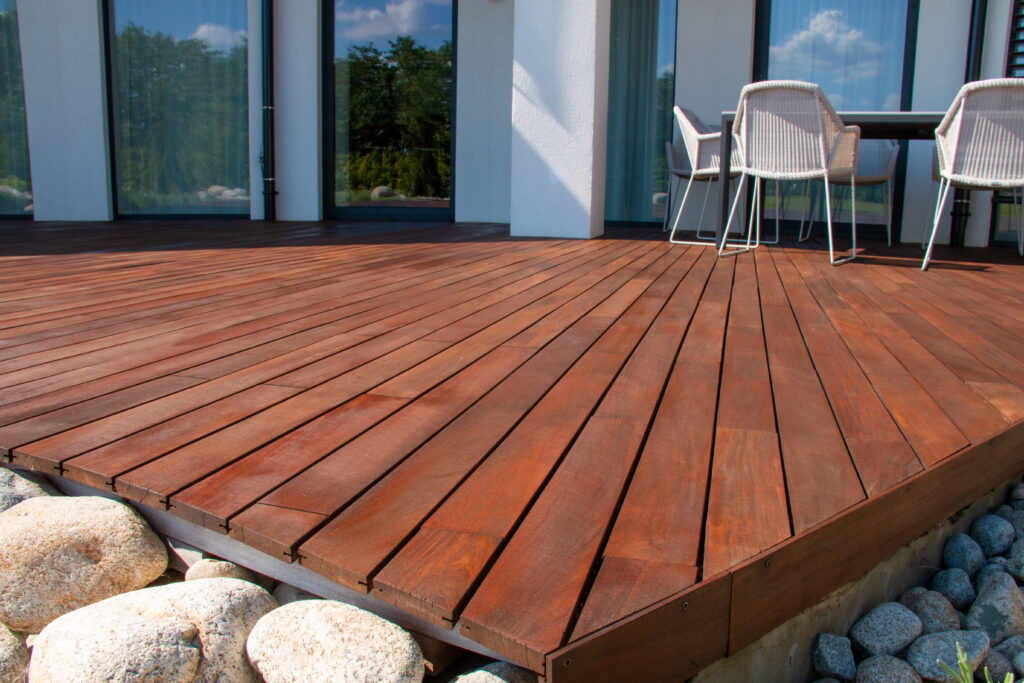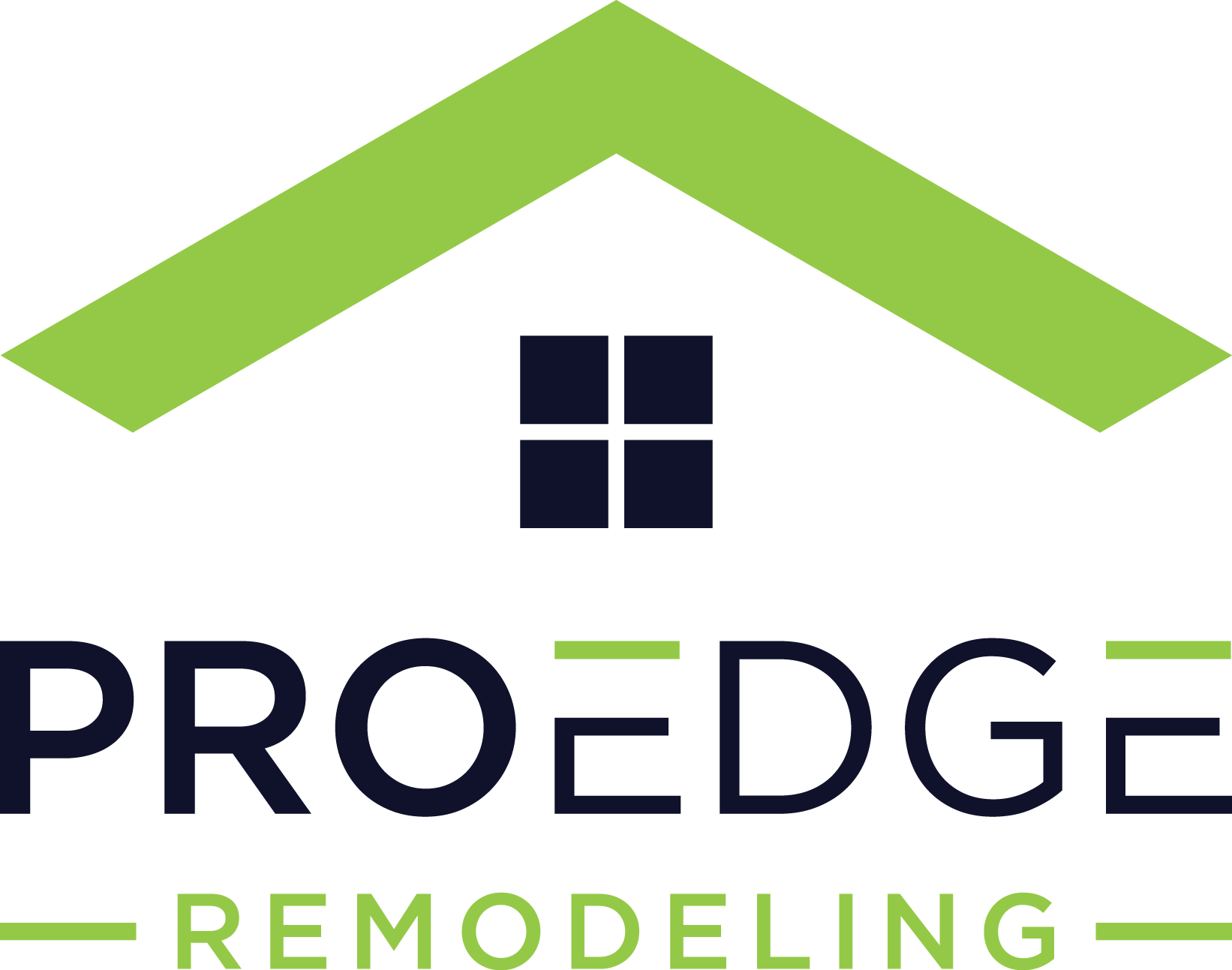Deck Planning Guide: Tips and Ideas for a Stunning Outdoor Space

Thinking about adding a deck to your home? A well-planned deck isn’t just a pretty addition—it’s a functional space that can totally transform your outdoor living.
Whether you’re dreaming of backyard barbecues, quiet mornings with coffee, or hosting friends for summer evenings under the stars, the right deck can make it all happen. Plus, it adds serious curb appeal and can even boost your home’s value.
Before you start picking out furniture and string lights, let’s walk through what you need to know to create a deck that looks amazing and works beautifully for your lifestyle.
Table of Contents
- 1. Determine Your Deck’s Purpose
- 2. Choose the Right Deck Location
- 3. Explore Deck Size and Layout Options
- 4. Select Durable and Stylish Deck Materials
- 5. Design for Safety and Comfort
- 6. Add Finishing Touches to Personalize Your Space
- 7. Budgeting and Planning Your Deck Project
- 8. Get Inspired: Popular Deck Design Trends
- 9. Permits, Codes, and HOA Considerations
1. Determine Your Deck’s Purpose
Before you dive into design details, take a moment to think about why you want a deck in the first place. Knowing how you’ll actually use the space will help shape everything from layout to furniture choices.
Next, think about how many people you typically entertain. If it’s just you and your partner most nights, a small bistro table and cozy seating area might do the trick. But if you’re the one always hosting birthday parties, game nights, or weekend BBQs, you’ll want to factor in extra room for dining tables, lounge seating, and easy movement.
And don’t forget about the seasons. Will you use your deck mostly in spring and summer, or do you want it to be an all-year retreat? If year-round use is the goal, consider options like built-in heaters, weather-resistant furniture, or even a covered section to help you stay comfortable through changing weather. Thinking through these questions now will set the stage for a deck that’s not just beautiful, but totally tailored to your lifestyle.
2. Choose the Right Deck Location
Where you place your deck can make or break how much you actually enjoy using it. One of the first decisions you’ll need to make is whether you want an attached deck—which connects directly to your home—or a freestanding deck that sits on its own somewhere in the yard. Attached decks are super convenient, especially for things like stepping outside the kitchen to fire up the grill. Freestanding decks, on the other hand, give you more flexibility. You can place one under a shady tree, near a pool, or even in a quieter corner of the yard for more of a retreat-like vibe.
Once you’ve figured out the general placement, take a look at how the sun and wind behave in that area throughout the day. Do you want a sunny spot, or are you hoping for a shaded lounge where you can chill out without baking in the afternoon heat? Consider adding a pergola, shade sail, or even just a large umbrella if your deck will get full sun. And if your yard tends to get windy, look for ways to block strong gusts—like placing the deck closer to a fence or using plants or privacy screens as windbreakers.
Speaking of privacy, that’s another big factor. If your ideal deck includes sipping coffee in your robe or enjoying quiet time without your neighbors peeking over the fence, you’ll want to take that into account. Think about the surrounding views, too. If you’ve got a scenic backyard or garden, position the deck to take full advantage of it. But if the view is more “neighbor’s driveway” than “peaceful oasis,” a strategic location can make a world of difference.
3. Explore Deck Size and Layout Options
When it comes to decks, size definitely matters—but bigger isn’t always better. The best deck size really depends on your home, yard, and how you plan to use the space. For example, if you have a smaller home or backyard, a compact 12×12 or 14×16 deck might be just right for a grill, a small dining table, and a couple of chairs. If you’ve got more room to work with, you can go bigger and start thinking about zones—like one area for eating and another for lounging.
Got a sloped yard? That opens the door for some really cool multi-level deck ideas. You can use different levels to define areas without needing walls or dividers. Think: a main level for dining, a step-down area for a fire pit, and another tucked-away space for a hot tub or hammock.
No matter the size, space planning is key. You want enough room to move around without bumping into furniture every time you stand up. Be sure to leave space for traffic flow—like a clear path from the door to the stairs or from the dining area to the grill. And if you’re adding features like built-in benches, plan those into your layout early on so everything feels cohesive.
4. Select Durable and Stylish Deck Materials
Choosing the right deck material is a big decision—it affects how your deck looks, feels underfoot, holds up over time, and how much effort you’ll need to put into maintenance. There are some great options out there, whether you’re into the natural charm of wood or want something a little more low-maintenance.
Let’s start with wood, the classic choice. Pressure-treated lumber is one of the most budget-friendly options and is treated to resist rot, insects, and weather. It’s solid and dependable but does require regular staining or sealing to keep it looking fresh. If you’re willing to spend a little more for added beauty, cedar and redwood are great choices. They naturally resist decay and have a warm, rich look that ages gracefully—but you’ll still need to put in some upkeep to maintain their color and prevent weathering.
If the idea of sanding, staining, or sealing every few years doesn’t excite you, take a look at composite decking or PVC decking. These materials are engineered to look like wood but are made from a blend of recycled plastics, wood fibers, or all-synthetic components. They’re super durable, resist fading and splintering, and only need the occasional cleaning with soap and water. Composite decking tends to cost more upfront than pressure-treated wood, but the trade-off is way less maintenance and a longer lifespan. PVC decking is even more weather- and moisture-resistant, making it a great pick for humid or rainy climates.
In terms of style, both composite and PVC come in tons of colors and textures, so you’re not stuck with just one “wood look.” Ultimately, go with what fits your budget, maintenance comfort level, and personal style.
5. Design for Safety and Comfort
It’s easy to get caught up in how your deck will look, but don’t forget—it also needs to feel safe and comfortable for everyday use. A beautiful deck isn’t much fun if it’s not easy to move around or you’re constantly squinting into the sun. A few thoughtful choices can make a big difference.
First up: railings. Not only are they a major safety feature—especially on raised decks—but they’re often required by local building codes. Depending on your deck’s height and design, you may be legally required to install railings that meet certain height and spacing guidelines. From classic wood balusters to sleek cable rails or modern metal and glass systems, railings can complement your style while keeping things secure for everyone.
Next, let’s talk about lighting. Proper deck lighting adds serious ambiance, sure—but it’s also a key part of safety. You don’t want guests fumbling around in the dark or missing a step after sunset. Consider soft lighting along stairways, railings, and walkways. String lights, lanterns, or built-in LED step lights can give your deck that cozy glow while helping everyone navigate safely.
And then there’s shade. Even the most stunning deck can become a sun trap without some kind of cover. If your deck gets full sun, think about adding a pergola, retractable awning, or even a big outdoor umbrella to create a cooler, more usable space.
6. Add Finishing Touches to Personalize Your Space
Once the deck is built and the major pieces are in place, it’s time for the fun part—adding those finishing touches that make the space feel like you. This is where you get to let your style shine and turn your deck into an extension of your home.
Built-in seating is a great place to start. It’s practical, space-saving, and can even double as hidden storage. You can go with a sleek bench that wraps around the edge or create a cozy corner nook perfect for lounging. Add some cushions and throw pillows, and suddenly your deck feels like an outdoor living room.
Next, consider planters. Whether you go with built-in boxes or large pots, adding greenery softens the space and brings in a fresh, vibrant feel. You can grow herbs near the grill, fill them with seasonal flowers, or even plant a few small shrubs for extra privacy.
Fire pits are another fantastic feature for both ambiance and function. They create a natural gathering spot—perfect for chilly evenings, roasting marshmallows, or just relaxing under the stars. You can go portable or opt for a built-in design that blends seamlessly with the deck.
For the entertainers and grill masters out there, outdoor kitchens or grilling stations can take your setup to the next level. Whether it’s a simple built-in grill and prep space or a full kitchen with a sink, fridge, and bar seating, it makes hosting way more convenient.
7. Budgeting and Planning Your Deck Project
Before you dive into your dream deck, it’s important to get a handle on the numbers. Knowing what to expect cost-wise—and where you can save—can help you plan smarter and avoid surprises down the road.
Let’s start with the basics: the average deck cost per square foot. Prices can vary depending on materials, design complexity, and labor, but generally you can expect to pay anywhere from $25 to $60 per square foot. A basic pressure-treated wood deck will fall on the lower end, while composite materials or more elaborate designs (like multi-level decks or built-ins) will push the cost higher.
Want to save some money on your project? Here are a few tips:
- Choose affordable materials like pressure-treated lumber or mid-range composites. They still look great and last for years.
- Keep the design simple. Curves, multiple levels, and custom railings look amazing but can drive up labor and material costs fast.
- Shop around for deals on materials—local suppliers, sales, or overstock options can shave a chunk off your total.
- Tackle some of the work yourself. Even if you’re not building the deck, doing your own demo or painting can save on labor.
Speaking of doing it yourself, let’s talk about DIY vs. hiring a contractor.
Going the DIY route can definitely save money—labor is one of the biggest costs in a deck project. Plus, if you enjoy working with your hands and already have the tools, it can be a satisfying weekend project. That said, decks need to be safe and up to code, so if you’re not confident in your skills, it’s best to call in the pros.
Hiring a contractor means peace of mind. They’ll handle permits, ensure structural integrity, and typically finish faster. It’s also the better option for complex designs, sloped yards, or if your deck will be attached to your home.
8. Get Inspired: Popular Deck Design Trends
Not sure where to start with your deck design? Whether your style leans clean and modern or cozy and rustic, today’s deck trends make it easy to create an outdoor space that feels like you.
One of the biggest trends right now is modern minimalism. Think sleek lines, neutral tones, and clutter-free layouts. Composite decking in cool gray or rich espresso tones, black metal railings, and built-in lighting create a crisp, upscale look that pairs perfectly with modern homes.
On the flip side, rustic charm is having a major moment too. Picture warm wood tones, chunky railings, and comfy furniture with a lived-in vibe. Add a few string lights, maybe a fire pit, and you’ve got the perfect backyard escape. This look works especially well if your home has a more traditional or farmhouse-style aesthetic.
Speaking of style, here are a few deck looks homeowners are loving:
- Coastal: Soft blues, whites, and driftwood finishes bring breezy, beachy vibes—no matter how far you are from the ocean.
- Farmhouse: Classic wood tones, shiplap privacy screens, and black accents give you that timeless country feel.
- Contemporary: Clean lines, bold contrasts, and sleek furniture make your deck feel like an extension of your indoor living space.
9. Permits, Codes, and HOA Considerations
Before you grab a hammer or start sketching out your dream deck, there’s one not-so-glamorous step you definitely don’t want to skip: making sure you’re all squared away with permits, building codes, and any HOA rules. It might not be the most exciting part of the project, but it’s absolutely essential for keeping your build legal.
First up: local building codes. These are the rules set by your city or county to ensure your deck is safe and structurally sound. They cover everything from how deep your footings need to be to how high your railings must go. Codes vary by location, so it’s worth a call to your local building department to see what’s required. Some areas also require inspections during or after the build to make sure everything’s up to code.
Then there are permits. In most places, if you’re building a new deck or making major changes to an existing one—especially if it’s attached to your home—you’ll need a building permit. Applying for a permit typically involves submitting your plans and paying a fee. It may feel like red tape, but skipping it could mean fines or even having to tear down your new deck.
If you live in a neighborhood with a homeowners association (HOA), don’t forget to check in with them, too. Many HOAs have rules about the size, height, and appearance of decks. You may need to get approval before building, especially if your deck will be visible from the street or neighbor’s yard. It’s better to get the green light now than deal with complaints or restrictions later.
Conclusion
Building a deck is one of the best ways to add living space, boost your home’s value, and make the most of your yard—but smart planning makes all the difference. From choosing the right materials to making sure your design fits your lifestyle, every step counts toward a final result you’ll actually enjoy using.
Start with a clear vision for how you want to use the space, do your research, and don’t be afraid to bring in the pros for expert advice. With the right plan in place, your dream deck is totally within reach.
FAQs
How long does it take to build a deck?
It depends on the size and complexity of the design. A small, basic deck can take just a few days if you’re working with a pro. Larger or multi-level decks might take a couple of weeks or more, especially if you’re adding extras like built-in seating, lighting, or stairs. DIY builds can stretch longer depending on your experience and available time. Weather delays and permit approvals can also affect the timeline, so build in a little wiggle room.
What’s the best low-maintenance deck material?
If you’re looking to skip the sanding and staining every year, composite decking is your new best friend. It’s made from a mix of recycled plastics and wood fibers, and it resists fading, warping, and splinters. PVC decking is another ultra-low-maintenance option—it doesn’t absorb moisture and is super easy to clean. Both are more expensive upfront than wood, but you’ll save big on upkeep in the long run.
Can I build a deck without a permit?
Sometimes yes, but often no. It depends on your local building codes and the size or height of the deck. In many places, even a small deck requires a permit—especially if it’s attached to your home or raised off the ground. Skipping the permit might save you time up front, but it could cause major problems later (think fines, failed inspections, or even having to rebuild). When in doubt, check with your local permit office before starting.
Additional Home Improvement Resources
- How to Prep Your Bathroom for Walk-In Tub Installation
- 2025 Color of the Year: How to Use it In Your Home
- Everything to Know About Home Window Tinting

Anna has over six years of experience in the home services and journalism industries and serves as the Content Manager at MyHomePros.com, specializing in making complex home improvement topics like HVAC, roofing, and plumbing accessible to all. With a bachelor’s degree in journalism from Auburn University, she excels in crafting localized, comprehensive guides that cater to homeowners’ unique needs. Living on both coasts of the United States has equipped her with a distinctive perspective, fueling her passion for turning any house into a cherished home through informed, personalized decision-making.








